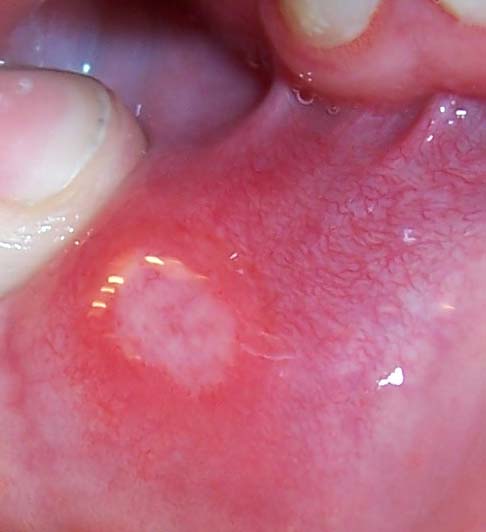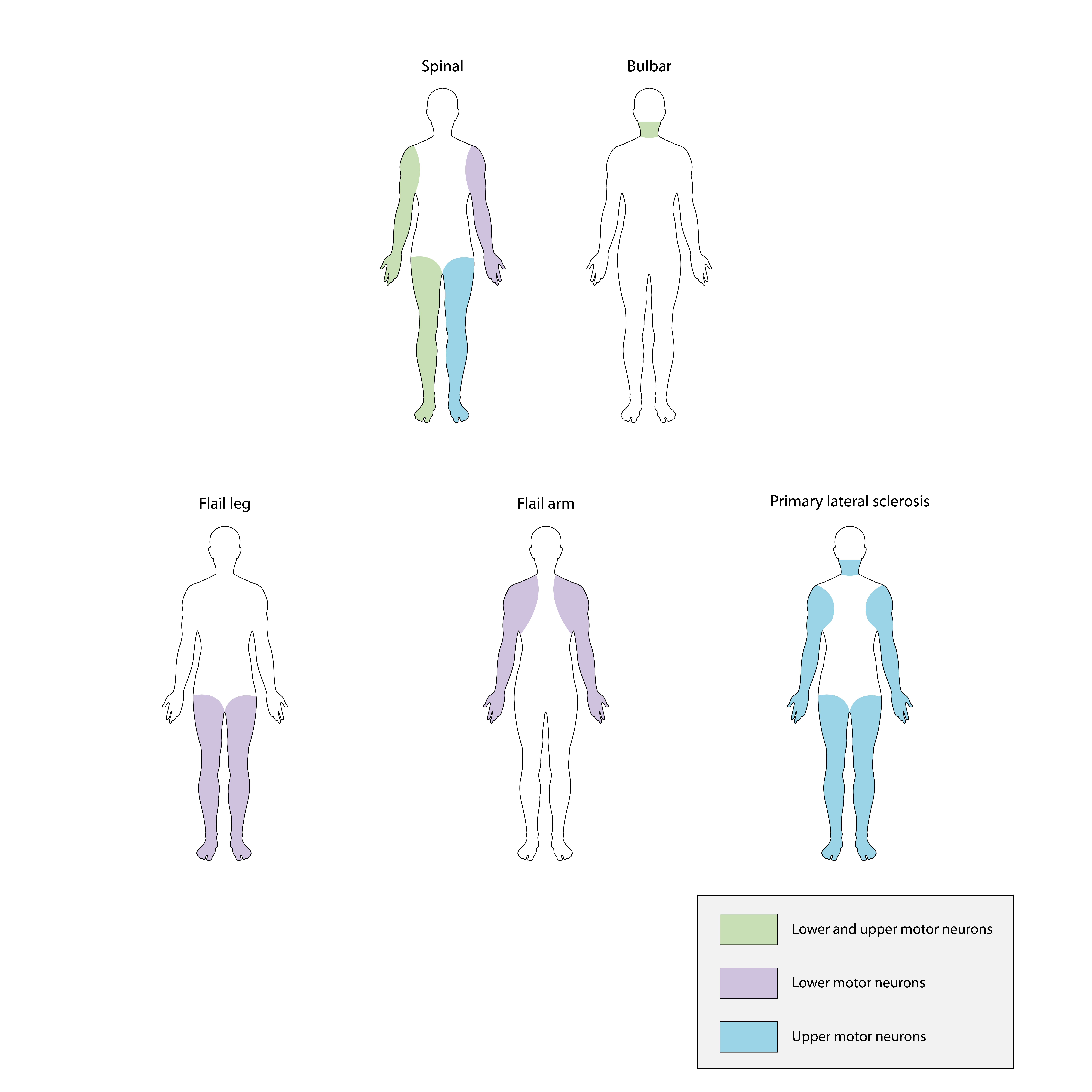|
Cannabis In Ohio
Cannabis in Ohio is legal for recreational use. Issue 2, a ballot measure to legalize recreational use, passed by a 57–43 margin on November 7, 2023. Possession and personal cultivation of cannabis became legal on December 7, 2023. The first licensed sales started on August 6, 2024. Prior to legalization, Ohio decriminalized possession of up 100 grams in 1975, with several of the state's major cities later enacting further reforms. Medical use was legalized in 2016 through a bill passed by the state legislature. The first licensed sales of medical cannabis began on January 16, 2019. Decriminalization (1975) On August 22, 1975, Governor James Rhodes signed a bill decriminalizing cannabis, making Ohio the sixth state to do so. Under Ohio law, the possession of up to 100 grams ( oz) of marijuana is a "minor misdemeanor" which carries a maximum fine of $150. Possession of more than 100 grams ( oz) but less than 200 grams (7 oz) of marijuana is a misdemeanor punishable by up ... [...More Info...] [...Related Items...] OR: [Wikipedia] [Google] [Baidu] |
Marijuana Policy Project
The Marijuana Policy Project (MPP) is the largest organization working solely on marijuana policy reform in the United States in terms of its budget, number of members, and staff. Its stated aims are to: (1) increase public support for non-punitive, non-coercive marijuana policies; (2) identify and activate supporters of non-punitive, non-coercive marijuana policies; (3) change state laws to reduce or eliminate penalties for the medical and non-medical use of marijuana; and (4) gain influence in Congress. MPP advocates taxing and regulating the possession and sale of marijuana in a manner similar to alcohol, envisions a nation where marijuana education is honest and realistic, and believes treatment for problem marijuana users should be non-coercive and geared toward reducing harm. The organization and its various ballot initiatives has largely been funded by the late billionaire Peter B. Lewis, and now by his family. Marijuana Policy Project estimated that the market of le ... [...More Info...] [...Related Items...] OR: [Wikipedia] [Google] [Baidu] |
Crohn's Disease
Crohn's disease is a type of inflammatory bowel disease (IBD) that may affect any segment of the gastrointestinal tract. Symptoms often include abdominal pain, diarrhea, fever, abdominal distension, and weight loss. Complications outside of the gastrointestinal tract may include anemia, skin rashes, arthritis, uveitis, inflammation of the eye, and fatigue (medical), fatigue. The skin rashes may be due to infections, as well as pyoderma gangrenosum or erythema nodosum. Bowel obstruction may occur as a complication of chronic inflammation, and those with the disease are at greater risk of colon cancer and small bowel cancer. Although the precise causes of Crohn's disease (CD) are unknown, it is believed to be caused by a combination of environmental, Immunity (medical), immune, and bacterial factors in genetically susceptible individuals. It results in a Immune-mediated inflammatory diseases, chronic inflammatory disorder, in which the body's immune system defends the gastrointesti ... [...More Info...] [...Related Items...] OR: [Wikipedia] [Google] [Baidu] |
Chronic Traumatic Encephalopathy
Chronic traumatic encephalopathy (CTE) is a neurodegenerative disease linked to repeated trauma to the head. The encephalopathy symptoms can include behavioral problems, mood problems, and problems with thinking. The disease often gets worse over time and can result in dementia. Most documented cases have occurred in athletes involved in striking-based combat sports, such as boxing, kickboxing, mixed martial arts, and contact sports such as rugby union, rugby league, American football, Australian rules football, professional wrestling, and ice hockey. It is also an issue in association football (soccer), but largely as a result of heading the ball rather than player contact. Other risk factors include being in the military ( combat arms), prior domestic violence, and repeated banging of the head. The exact amount of trauma required for the condition to occur is unknown, and as of 2025 definitive diagnosis can only occur at autopsy. The disease is classified as a tauop ... [...More Info...] [...Related Items...] OR: [Wikipedia] [Google] [Baidu] |
Cancer
Cancer is a group of diseases involving Cell growth#Disorders, abnormal cell growth with the potential to Invasion (cancer), invade or Metastasis, spread to other parts of the body. These contrast with benign tumors, which do not spread. Possible Signs and symptoms of cancer, signs and symptoms include a lump, abnormal bleeding, prolonged cough, unexplained weight loss, and a change in defecation, bowel movements. While these symptoms may indicate cancer, they can also have other causes. List of cancer types, Over 100 types of cancers affect humans. Tobacco use is the cause of about 22% of cancer deaths. Another 10% are due to obesity, poor Diet (nutrition), diet, sedentary lifestyle, lack of physical activity or Alcohol abuse, excessive alcohol consumption. Other factors include certain infections, exposure to ionizing radiation, and environmental pollutants. infectious causes of cancer, Infection with specific viruses, bacteria and parasites is an environmental factor cau ... [...More Info...] [...Related Items...] OR: [Wikipedia] [Google] [Baidu] |
Amyotrophic Lateral Sclerosis
Amyotrophic lateral sclerosis (ALS), also known as motor neuron disease (MND) or—in the United States—Lou Gehrig's disease (LGD), is a rare, Terminal illness, terminal neurodegenerative disease, neurodegenerative disorder that results in the progressive loss of both upper and lower motor neurons that normally control Skeletal muscle, voluntary muscle contraction. ALS is the most common form of the motor neuron diseases. ALS often presents in its early stages with gradual muscle Spasticity, stiffness, Fasciculation, twitches, Muscle weakness, weakness, and Muscle atrophy, wasting. Motor neuron loss typically continues until the abilities to eat, speak, move, and, lastly, breathe are all lost. While only 15% of people with ALS also fully develop frontotemporal dementia, an estimated 50% face at least some minor difficulties with cognitive disorder, thinking and behavior. Depending on which of the aforementioned symptoms develops first, ALS is classified as ''limb-onset'' (b ... [...More Info...] [...Related Items...] OR: [Wikipedia] [Google] [Baidu] |
Alzheimer's Disease
Alzheimer's disease (AD) is a neurodegenerative disease and the cause of 60–70% of cases of dementia. The most common early symptom is difficulty in remembering recent events. As the disease advances, symptoms can include problems with language, disorientation (including easily getting lost), mood swings, loss of motivation, self-neglect, and behavioral issues. As a person's condition declines, they often withdraw from family and society. Gradually, bodily functions are lost, ultimately leading to death. Although the speed of progression can vary, the average life expectancy following diagnosis is three to twelve years. The causes of Alzheimer's disease remain poorly understood. There are many environmental and genetic risk factors associated with its development. The strongest genetic risk factor is from an allele of apolipoprotein E. Other risk factors include a history of head injury, clinical depression, and high blood pressure. The progression of the di ... [...More Info...] [...Related Items...] OR: [Wikipedia] [Google] [Baidu] |
AIDS/HIV
The HIV, human immunodeficiency virus (HIV) is a retrovirus that attacks the immune system. Without treatment, it can lead to a spectrum of conditions including acquired immunodeficiency syndrome (AIDS). It is a Preventive healthcare, preventable disease. It can be managed with treatment and become a manageable chronic health condition. While there is no cure or vaccine for HIV, Management of HIV/AIDS, antiretroviral treatment can slow the course of the disease, and if used before significant disease progression, can extend the life expectancy of someone living with HIV to a nearly standard level. An HIV-positive person on treatment can expect to live a normal life, and die with the virus, not of it. Effective #Treatment, treatment for HIV-positive people (people living with HIV) involves a life-long regimen of medicine to suppress the virus, making the viral load undetectable. Treatment is recommended as soon as the diagnosis is made. An HIV-positive person who has an ... [...More Info...] [...Related Items...] OR: [Wikipedia] [Google] [Baidu] |
Ohio Department Of Commerce
The Ohio Department of Commerce is the administrative department of the Ohio state government Ohio Rev. Code § 121.01 ''et seq.'' responsible for regulating banks and savings institutions, credit unions, mortgage brokers/lenders and consumer finance businesses; securities professionals and products; real estate professionals and cable television; and the building industry; and also collects and holds unclaimed funds. The Division of Liquor Control and Division of the State Fire Marshal are also part of the department. References External linksOfficial website Commerce Commerce is the organized Complex system, system of activities, functions, procedures and institutions that directly or indirectly contribute to the smooth, unhindered large-scale exchange (distribution through Financial transaction, transactiona ... Bank regulation in the United States by state {{Ohio-stub ... [...More Info...] [...Related Items...] OR: [Wikipedia] [Google] [Baidu] |
Rulemaking
In administrative law, rulemaking is the process that executive and independent agencies use to create, or ''promulgate'', regulations. In general, legislatures first set broad policy mandates by passing statutes, then agencies create more detailed regulations through ''rulemaking''. By bringing detailed scientific and other types of expertise to bear on policy, the rulemaking process has been the means by which some of the most far-reaching government regulations of the 20th century have been created. For example, science-based regulations are critical to modern programs for environmental protection, food safety, and workplace safety. However, the growth in regulations has fueled criticism that the rulemaking process reduces the transparency and accountability of democratic government. Introduction Legislatures rely on rulemaking to add more detailed scientific, economic, or industry expertise to a policy—fleshing out the broader mandates of authorizing legislation. F ... [...More Info...] [...Related Items...] OR: [Wikipedia] [Google] [Baidu] |
Ohio House Of Representatives
The Ohio House of Representatives is the lower house of the Ohio General Assembly, the state legislature of the U.S. state of Ohio; the other house of the bicameral legislature being the Ohio Senate. The House of Representatives first met in Chillicothe on March 3, 1803, under the later superseded state constitution of that year. In 1816, the capital was moved to Columbus, where it is located today. Members are limited to four successive two-year elected terms (terms are considered successive if they are separated by less than four years). Time served by appointment to fill out another representative's uncompleted term does not count against the term limit. There are 99 members in the house, elected from single-member districts. Every even-numbered year, all the seats are up for re-election. Composition Leadership Members of the 136th House of Representatives ↑: Member was originally appointed to the seat. Officials Speaker of the House The Speaker of the Hou ... [...More Info...] [...Related Items...] OR: [Wikipedia] [Google] [Baidu] |
Ohio Senate
The Ohio Senate is the upper house of the Ohio General Assembly. The State Senate, which meets in the Ohio Statehouse in Columbus, first convened in 1803. Senators are elected for four year terms, staggered every two years such that half of the seats are contested at each election. Even numbered seats and odd numbered seats are contested in separate election years. The president of the Ohio Senate presides over the body when in session, and is currently Rob McColley. Currently, the Senate consists of 24 Republicans and 9 Democrats, with the Republicans controlling two more seats than the 22 required for a supermajority vote. Senators are limited to two consecutive terms. Each senator represents approximately 349,000 Ohioans, and each Senate district encompasses three corresponding Ohio House of Representatives The Ohio House of Representatives is the lower house of the Ohio General Assembly, the state legislature of the U.S. state of Ohio; the other house of ... [...More Info...] [...Related Items...] OR: [Wikipedia] [Google] [Baidu] |


